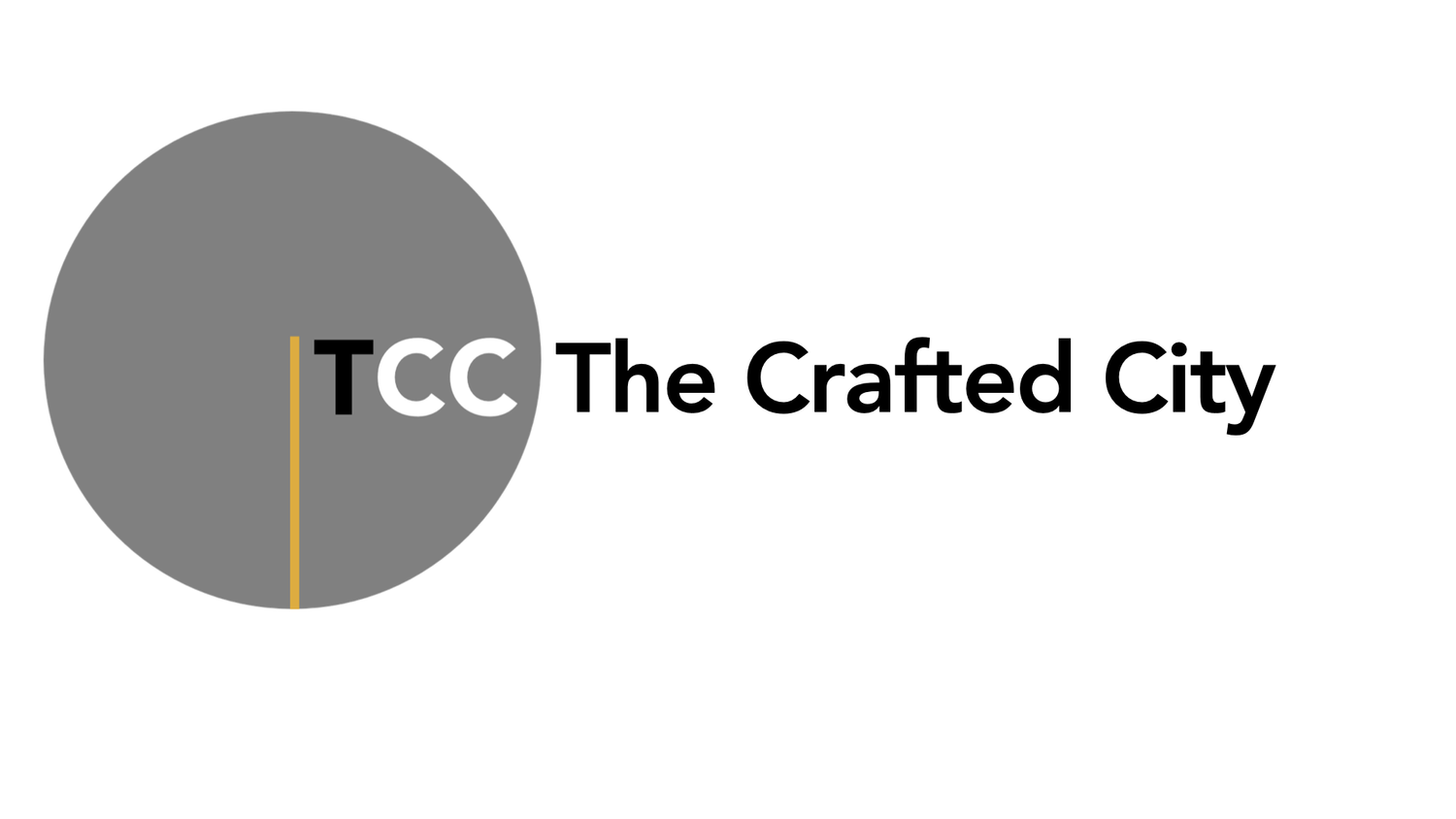TWO SHIPS PASSING IN THE NIGHT
Pasadena CA 2022 / Photo: Doug Joyce
28JAN 2022
I find myself frustrated at how the process of architectural design clashes so completely with the forces of public policy. For the most part, these two interconnected components of city-making maintain a very awkward relationship with each other, to the extent that we mostly build what is mostly acceptable, while believing that greatness is out of reach.
Often we designers think of a building, or collection of buildings, in pure isolation. Our creations are planned and composed in isolation within the boundaries of the land provided. We solve the specific aesthetic and functional issues within the envelope allowed by the municipal authorities.
Over on the planning side, there is the presumption that code and the process are the the best ingredients to make a functional, just, and attractive city. Since the code is law, it inherently must be fair and just. Since the process is arduous, the results must be inherently good. Since the code and the process tells the architect and the designer what to do, the results must be inherently correct.
I’m an architect, and I actually believe in good urban policy- I believe that the codes, the process, the administration- that these are an essential baseline. I’m also glad to observe that with the process we have, as frustrating as it is, that some good buildings are being designed and built. and wonderful places are being made. A few.
Yet there remains a disappointing and exasperating clash between the creation of buildings, and with the processes that occurs in how we envision cities. A process, complicated and un-checked, that is inflexible and resource consuming. This is a process which with all of its friction and conflicts limits how great our cities are. It leads to a shortfall in our policy goals, and to disappointment in how many of our buildings turn out— buildings and infrastructure that don’t really contribute to our greatest dreams for where we live.
One way to tell the ‘OK’ from the GREAT in city design, is by the things that are missing— the elements and lack of cohesion in a place that has recently received some new or reused development. Missing things like:
Providing a proper transition from the public to the private realm | The space between a building and the street it adjoins is extraordinarily important and often ignored by both the architect and the planner. See (link)
Every residential unit needs views | Every living place also must have good fresh air and light; if you can’t see the sky from a residential unit, you’re doing something wrong.
Every building makes a contribution to the street. Every outdoor room provides a setting for good buildings. | The interstitial, the Space Between, is a hallmark of great cities. If these spaces are ill-defined, or are somehow otherwise lacking, then the boat has been missed.
Providing more space on streets the people, and less for vehicles. | If the emphasis is on moving cars, at the expense of walking and biking, you’re losing great opportunities.
Providing codes and processes that are flexible and reward special amenities. | Rigid rules administered by staff with no discretionary power leads to mediocre results over superior but ‘non-conforming’ solutions.
There are more, but you get the point.
For the most part, the professionals find a way to work with what we have, and to do better. Owners and developers become cynical, and look for their own ways to out-smart the system. NYMBYs get angrier and angrier. Politicians utilize the process to leverage their power. We get less then we should, for a lot more effort.
Yes there are those, in their Quixotic ways, who really try and address the design killing dogma, making places that accommodate better, leveraging the rules and the process, all while creating beauty.
These folks, who go beyond design and the code, who make a contribution to the Outdoor Room, who make things that are delightful and practical to use— these are the are craftspeople. It would be to our advantage to make it easier for them to do what they do.

